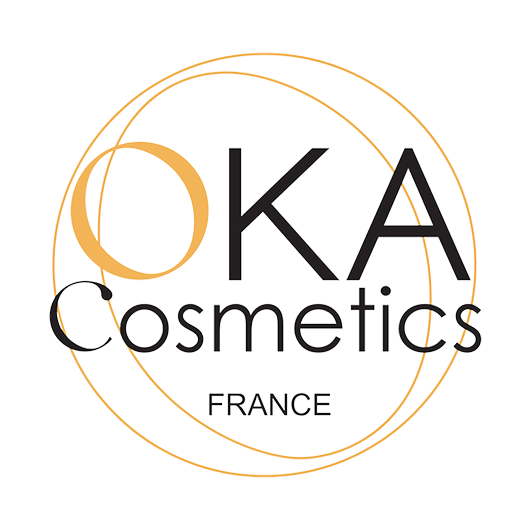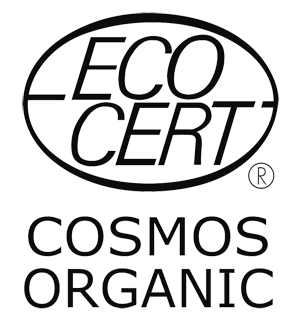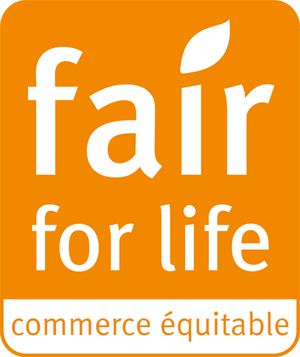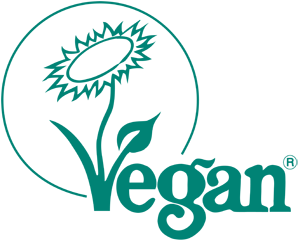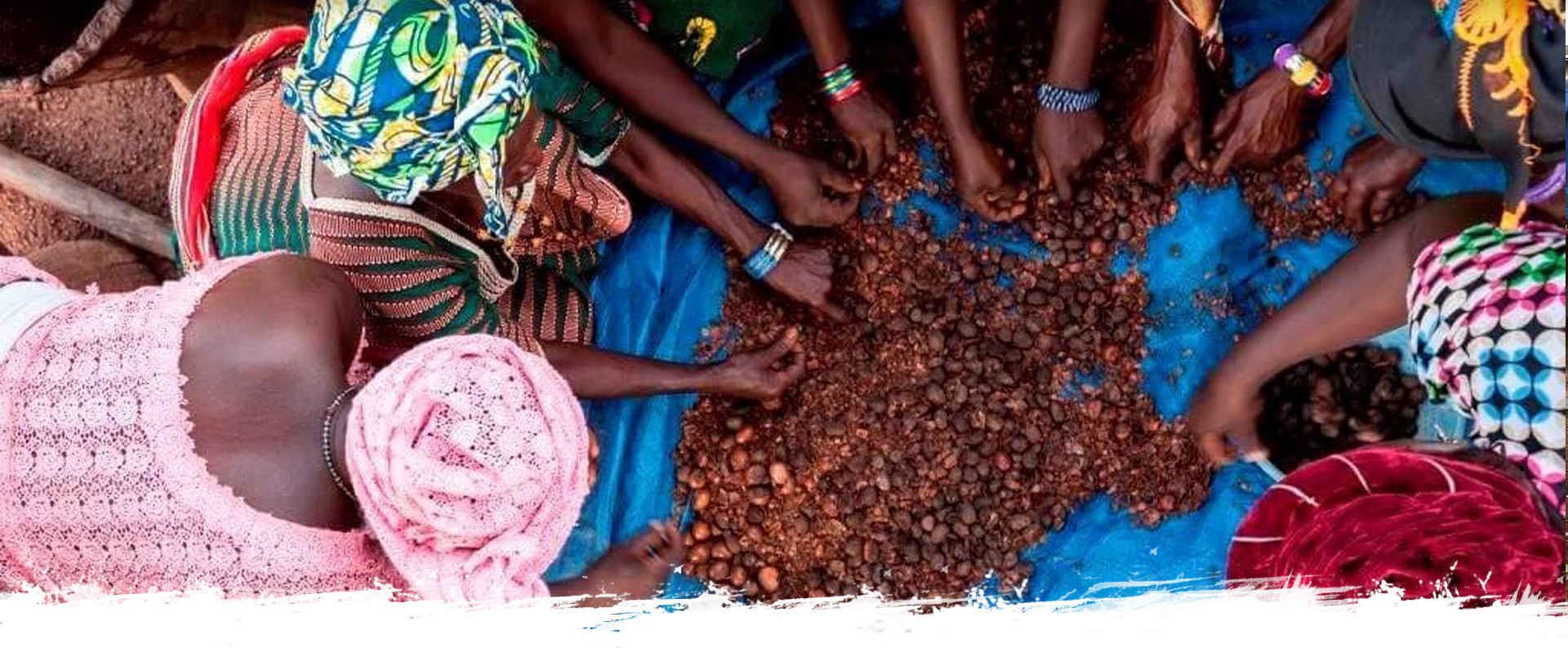
Production
From Guinea to France
The Republic of Guinea, capital Conakry, is a West African country that was a French colony then French overseas territory before gaining independence in 1958.
Our “OKA” shea nuts are harvested in the Upper Guinea region (in orange on the map), ideally located between the Fouta Djallon Highlands and the basin of several major African rivers, including the Niger.
Guinea can be split into four meteorological regions.
The shea harvesting area enjoys a tropical climate, with heavy rains from May to September and high temperatures.
The combination of this distinctive climate and the altitude are what give our product its special quality.
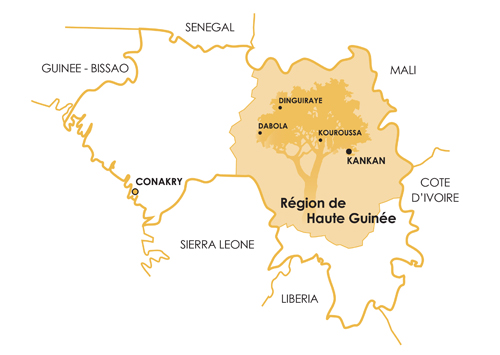
The stages
Si vous voulez voir les photos qui illustrent les étapes de fabrication du beurre de karité OKA, consultez cette page depuis un ordinateur 🙂
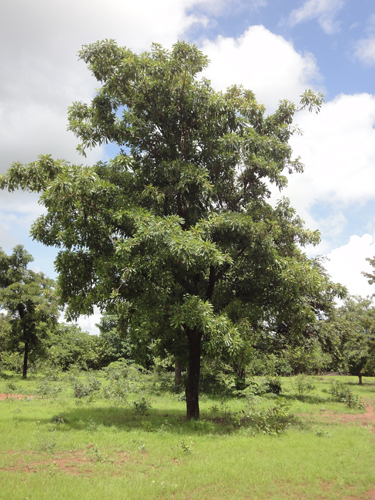
Botany
The shea tree is an ancient, wild essence that grows only in Africa, in regions with a marked difference between rainy and dry seasons, like Upper Guinea, Benin, Mali, Ghana, Côte d’Ivoire and Togo.
These climatic conditions combined with the tree’s slow growth – it takes from 15 to 20 years for a tree to reach maturity and start producing nuts – mean that no plantations have ever succeeded !
Harvesting takes place from mid-May to late July. Only fallen fruit are gathered because maximum oil content is reached at the point when the shea nuts fall from their branches.
Another reason is that avoiding to pick fruit helps to limit the damage to this particularly valuable and fragile tree.
The picking is manual & responsible : only 40% of the fruits are harvested to enable the trees to renew naturally. Sorting takes place on site to select only the most “perfect” nuts.
"OKA" shea nuts grow at high altitude and are smaller than their cousins from the plains but much richer in oils : 75% compared to 50% on average.
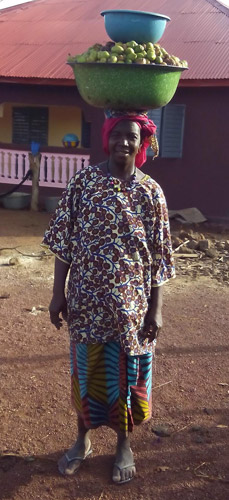
Women's work
The harvesting, processing and team management involved in producing shea butter is mostly carried out by women.
One of the reasons for this is cultural. Shea butter is used for cooking in Africa, and women are responsible for the kitchen.
Maintaining this initially traditional distribution of tasks means that women can earn income for their respective families, boost their role in society, and improve their general living standards thanks to literacy programmes, training courses, etc.
Shea nuts are picked during the rainy season amongst abundant flora and fauna.
With their precious cargo placed firmly on their heads, the harvesters return to the village.
They walk in a tightly-packed line to ensure that the vibrations of their footsteps scare away snakes attracted by the sweet pulp of the shea nuts.

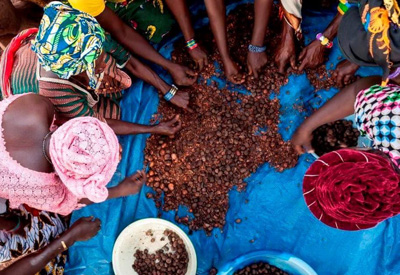
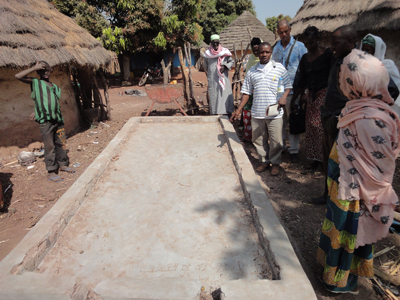
From nut to kernel
Once the pulp has been removed, the nuts are washed and dried.
The dry nuts are then shelled to extract the kernels, which are also washed and sorted.
The work is fastidious, involving numerous hands (and eyes!) to remove any kernels of inferior quality that might alter the final product.
The kernels are then spread out on the ground in special areas (away from animals) for a fortnight to dry in the sun. The fact that they are not roasted preserves the quality of the active ingredients.
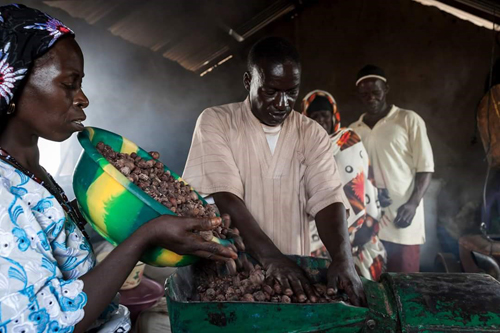
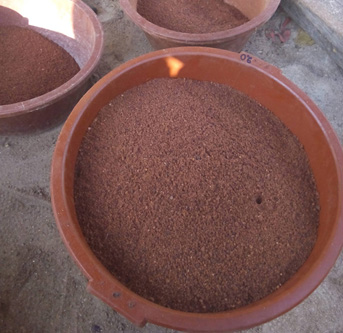
Grinding
The men in the groups are only involved during the stages that require machines, which are used for crushing, grinding and bagging.
The kernels are put through a mill (left-hand photo) to obtain a brownish powder (right-hand photo)..
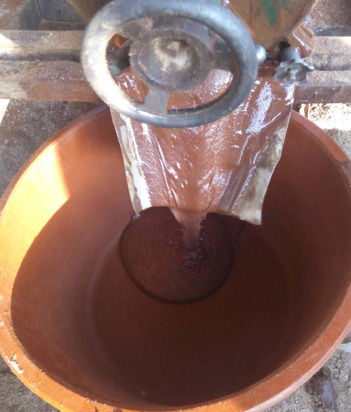
Crushing
Crushing transforms the sun-dried powder into a paste of a similar brownish colour.
This stage is sometimes manual for small quantities but it is laborious, and so often carried out using machines, which is what we do.
Whether manual or mechanical, great care must be taken to ensure perfect hygiene and guarantee the quality of the finished product.
Guinea, "West Africa’s water tower"
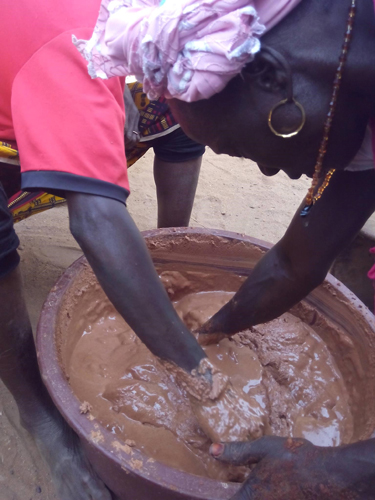
Churning / Mixing
The churning (or mixing) phase is a long, meticulous phase during which the fatty part rises to the surface, just like in butter making !
Thanks to Guinea’s abundant water resources, the flocculated matter obtained can be washed repeatedly, then cooked (to bind it) and filtered to (finally) obtain L’Or Blanc (raw shea butter, our white gold !).
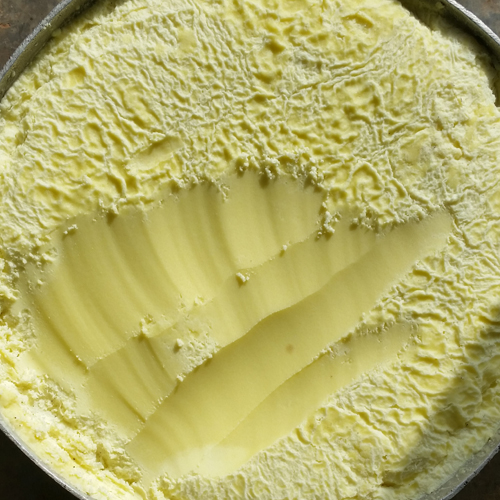
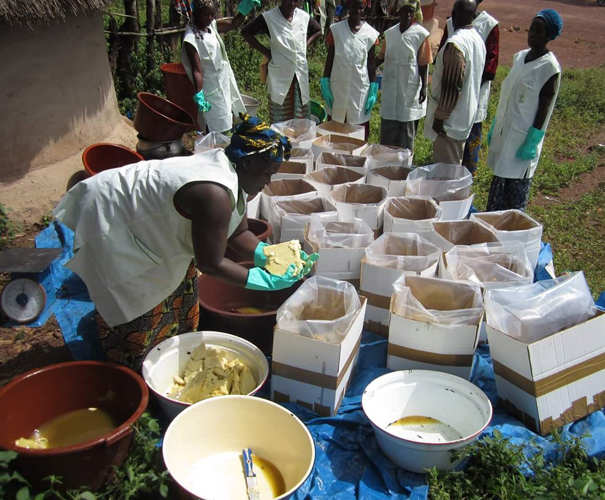
Preparation for dispatch
The raw shea butter is sent packed in protective bags. These bags are put into boxes to make it easier to transport them in containers between the ports of Conakry and Marseille.
The women pack the boxes and ensure that the batches are trackable ; the men seal the bags and prepare them to load onto a vehicle that shuttles the goods between the processing units and Conakry.
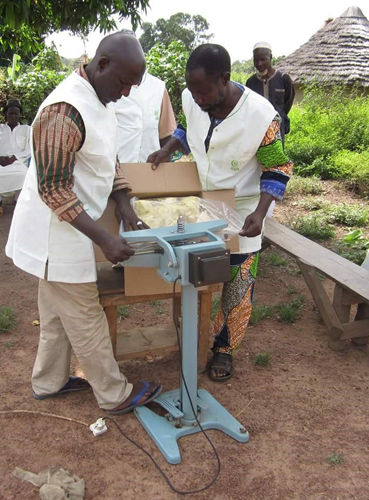
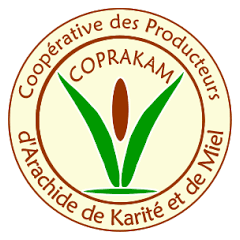
COMPRAKAM was set up in 2009 to help local producers get more out of their crops and improve their living conditions, and thus participate in the development of the Republic of Guinea.
Today, COPRAKAM involves about 4,000 people, part of hundreds of groups managed by five unions.
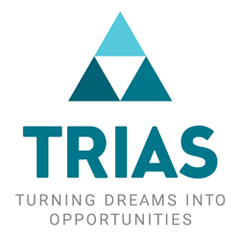
This Belgian NGO dates back to 1959 and is now present in numerous countries (sub-Saharan Africa, Latin America and Asia) to support farmers and local entrepreneurs.
Trias has been active in Guinea since 1987, where it helps farming groups find sustainable sources of income and improve the living conditions of their members. In its capacity as an NGO, TRIAS provides COPRAKAM with funding and follows up on the collaboration with OKA Cosmetics Guinea.
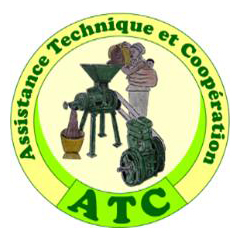
ATC (Assistance Technique et Coopération) is a Guinean organization that specializes in providing technical assistance to producers during the post-harvesting stages, i.e. storage, processing and commercialization.
Created in 2003 following a request from producers, its expert knowledge of Guinea makes it an ideal partner for OKA Cosmetics Guinea and its network.
All of these organizations have been working together for a decade to establish a sustainable commercial relationship based on fair trade and solidarity that benefits all parties equally, and in particular the women who carry out the essential job of harvesting and processing.

Ecocert was the first Organic and Fairtrade certification organization to travel to Guinea, in the shape of Rodrigue, Wilfried, Joël, Arnaud, sent directly from the “Land of Honest Men” (Burkina Faso).
Their role : To accompany OKA Cosmetics Guinea in the painstaking but necessary process of formalizing our shea nut harvesting, drying and processing methods and guide us in perfecting them to satisfy various specifications.
